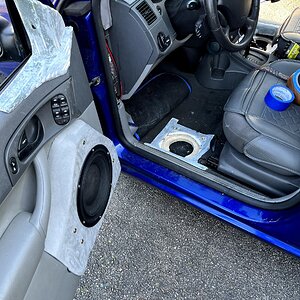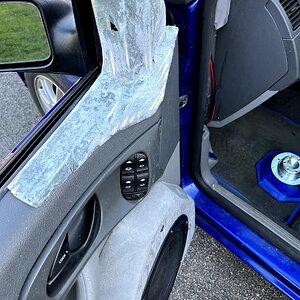MicraMan
CarAudio.com Newbie
Hi.
I come with a very begginer question, but the info I found it seems confusing to me. This is not about RMS vs PMPO, this is clear to me.
Let's take the Infinity Reference 6532IX as an example. The webpage says it is 180W (I assume RMS). To know the producible watts per speakers, have I to divide 180W per the square root of 2, which gives me 127, and then divide 127 per 2, because the 127 are the watts of the 2 speakers together?
Did I understand it well?
I come with a very begginer question, but the info I found it seems confusing to me. This is not about RMS vs PMPO, this is clear to me.
Let's take the Infinity Reference 6532IX as an example. The webpage says it is 180W (I assume RMS). To know the producible watts per speakers, have I to divide 180W per the square root of 2, which gives me 127, and then divide 127 per 2, because the 127 are the watts of the 2 speakers together?
Did I understand it well?



